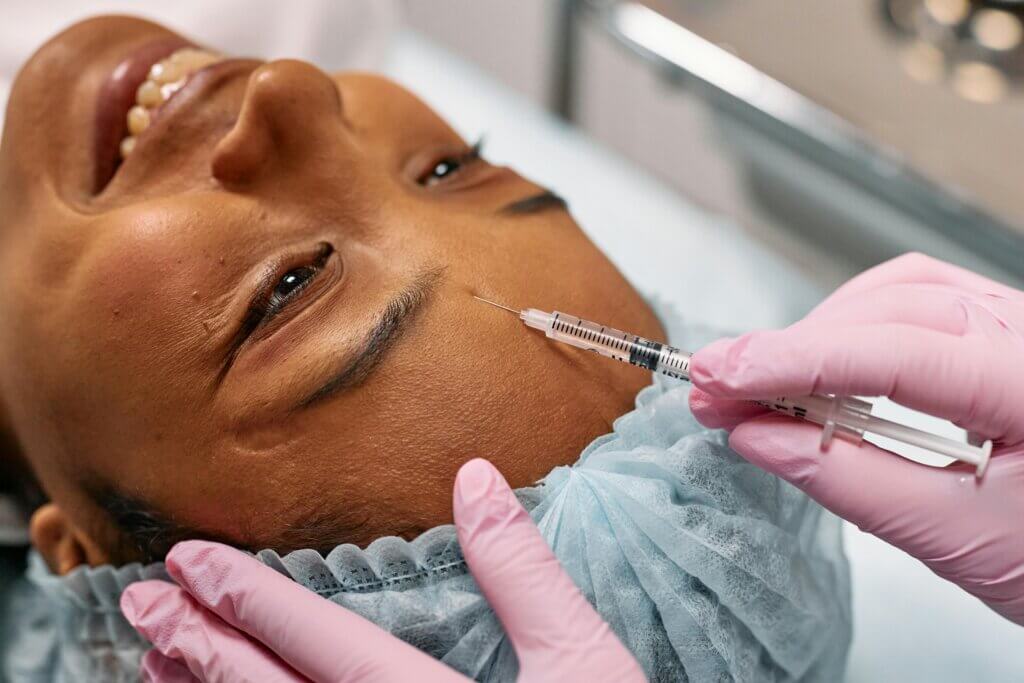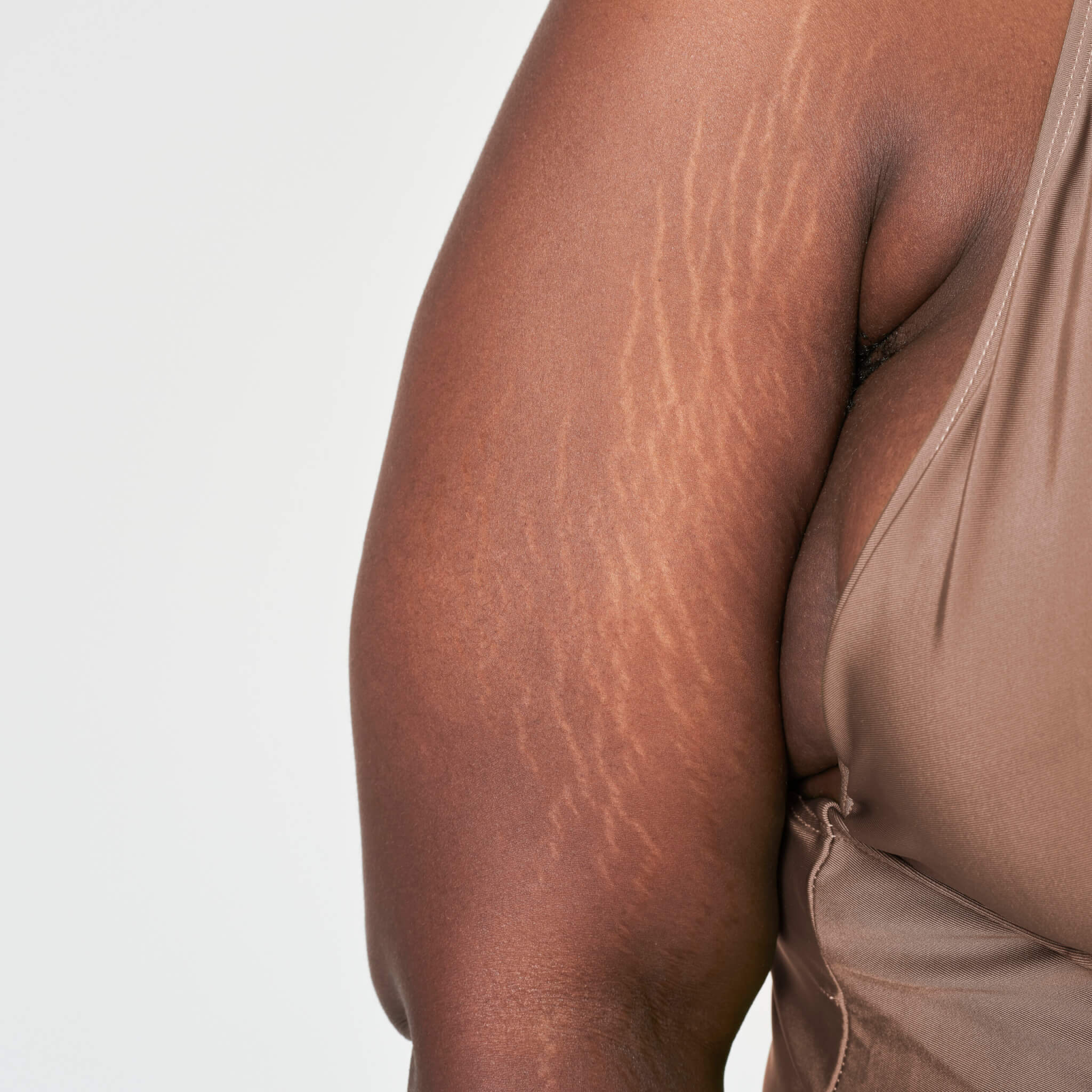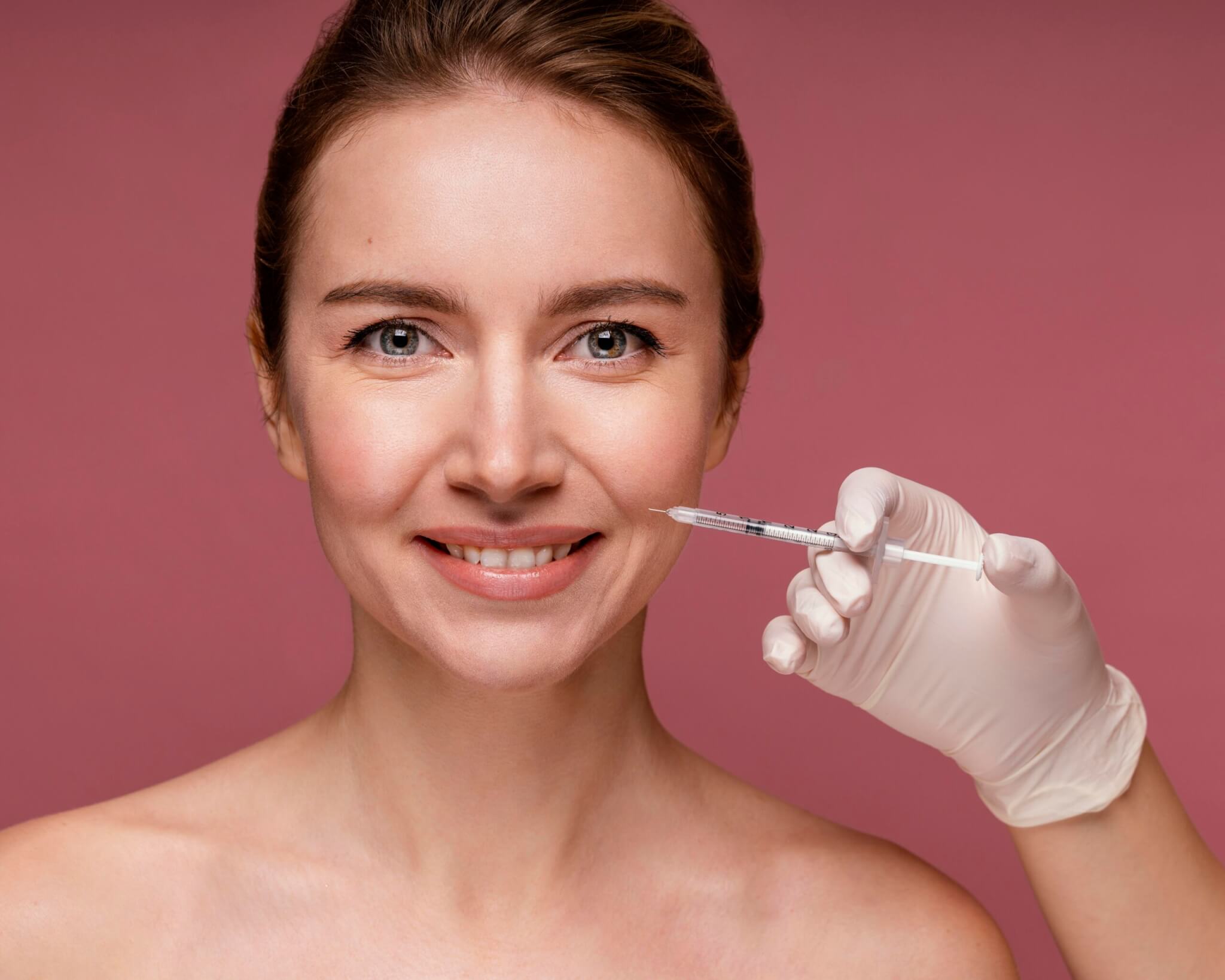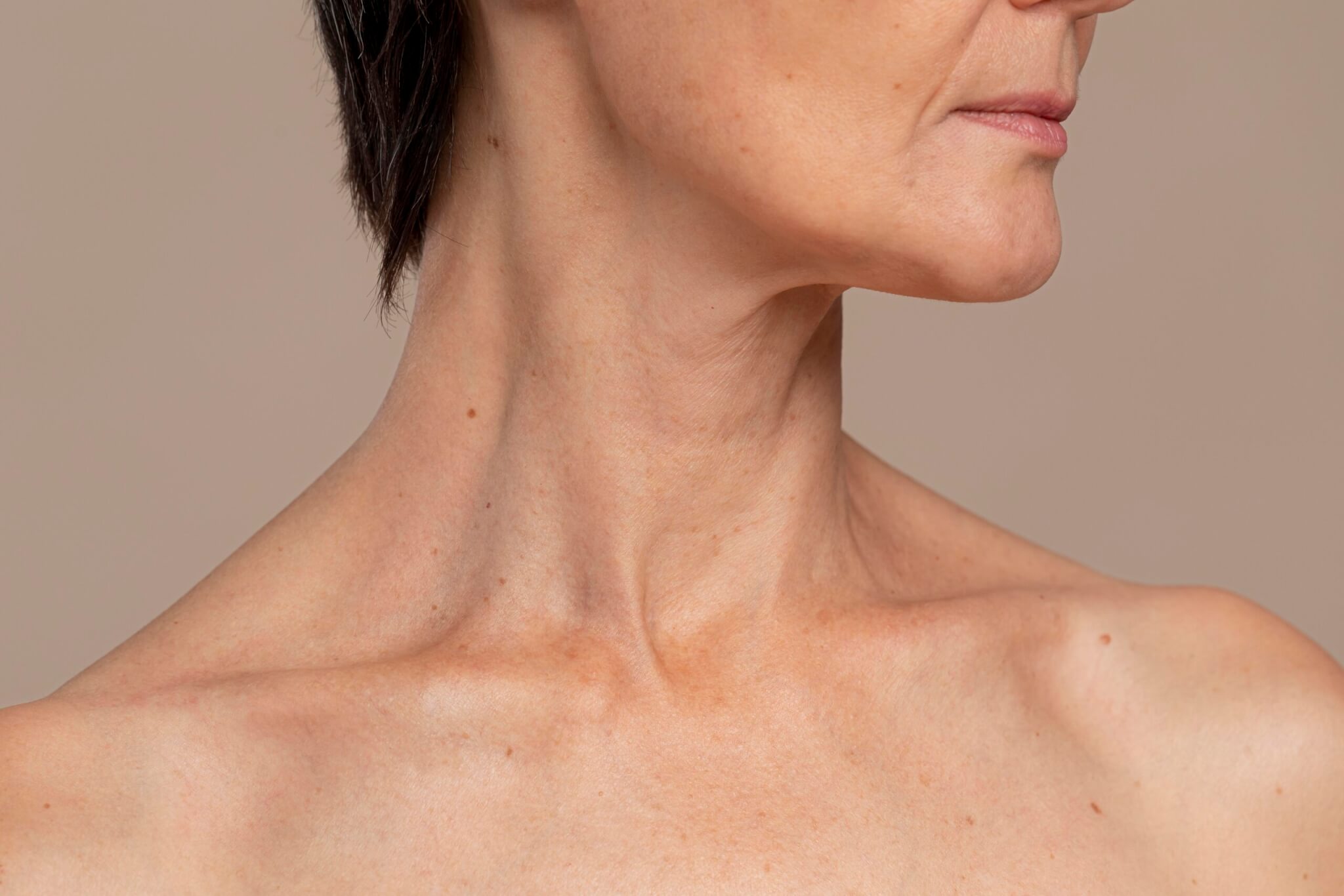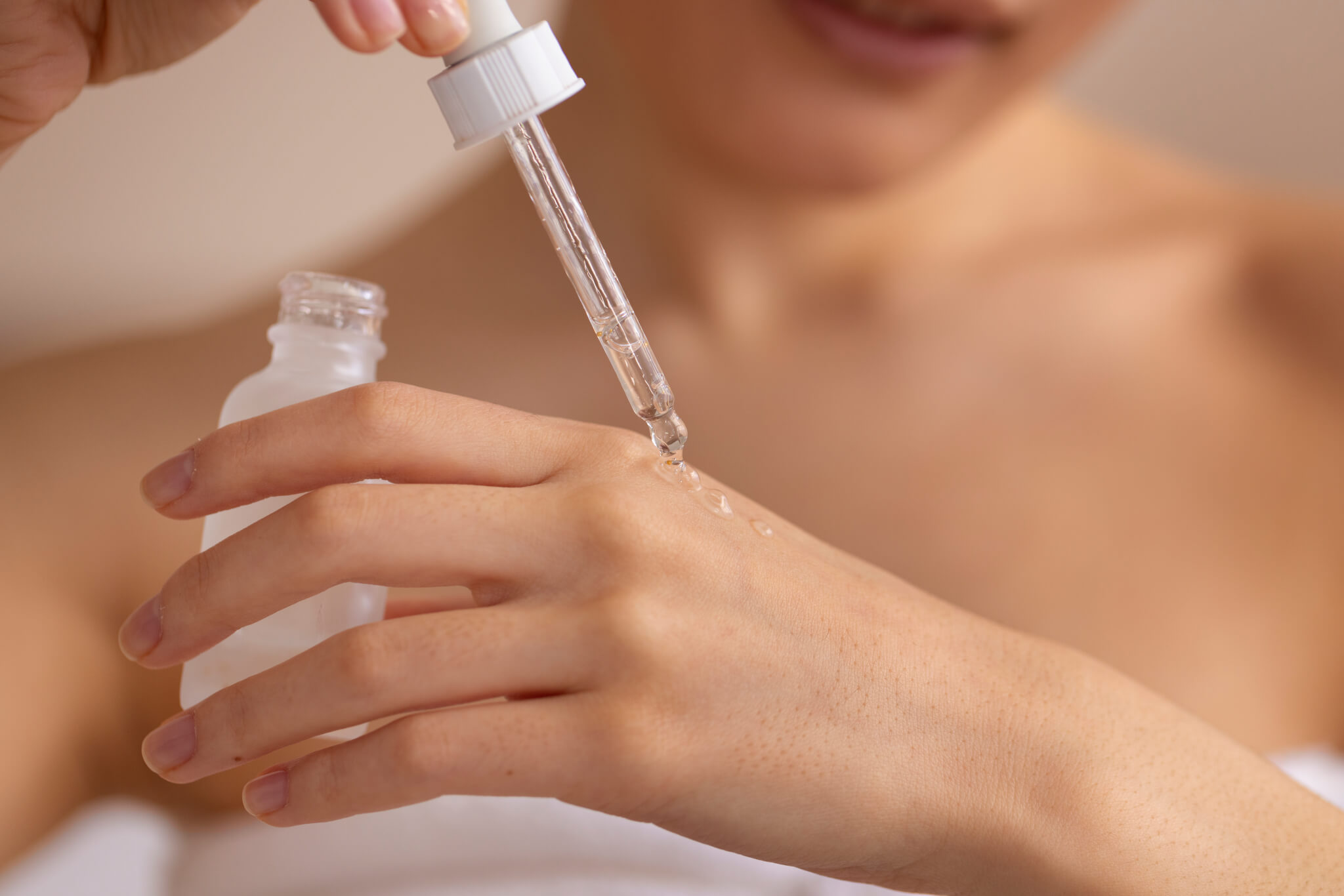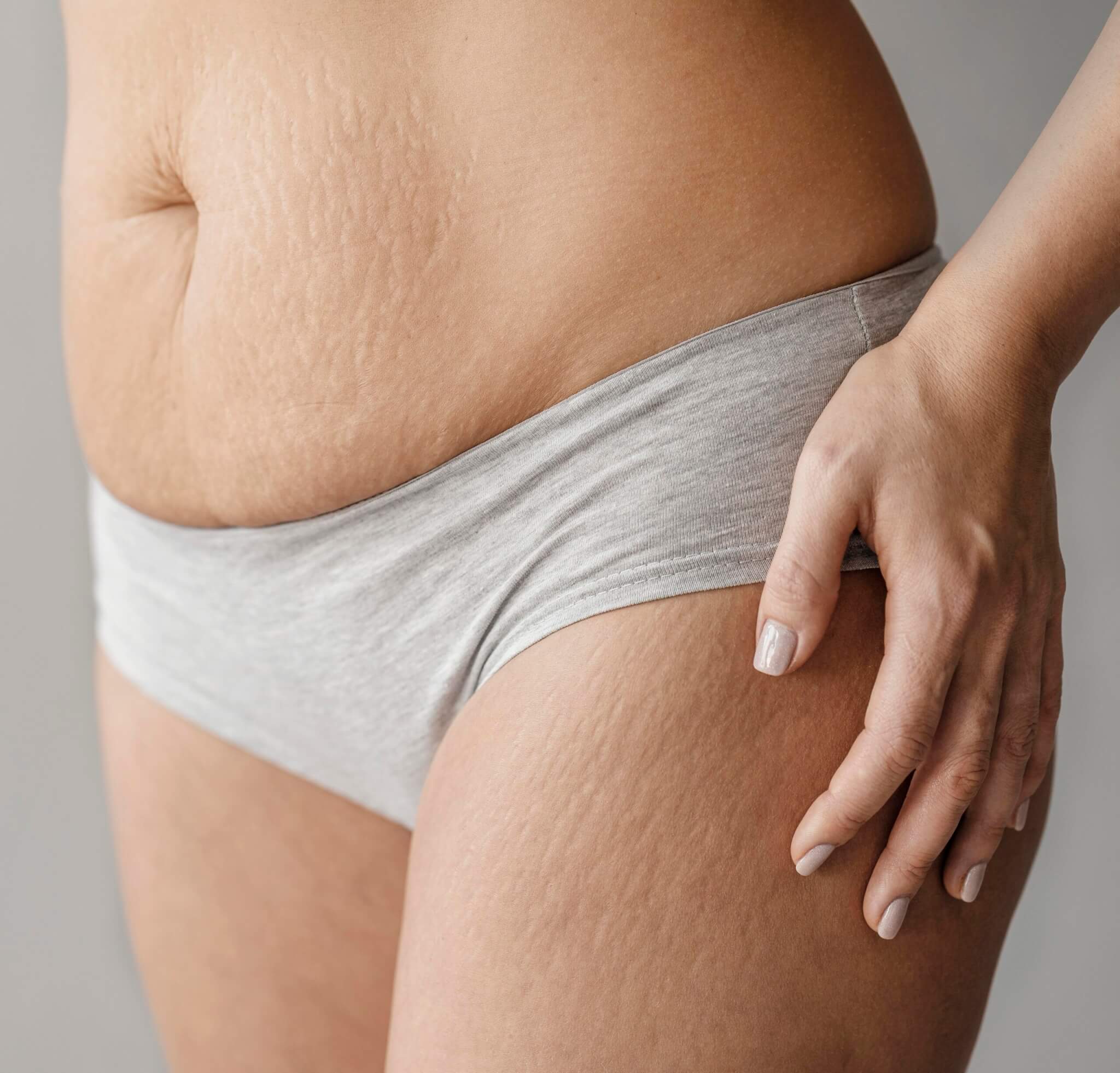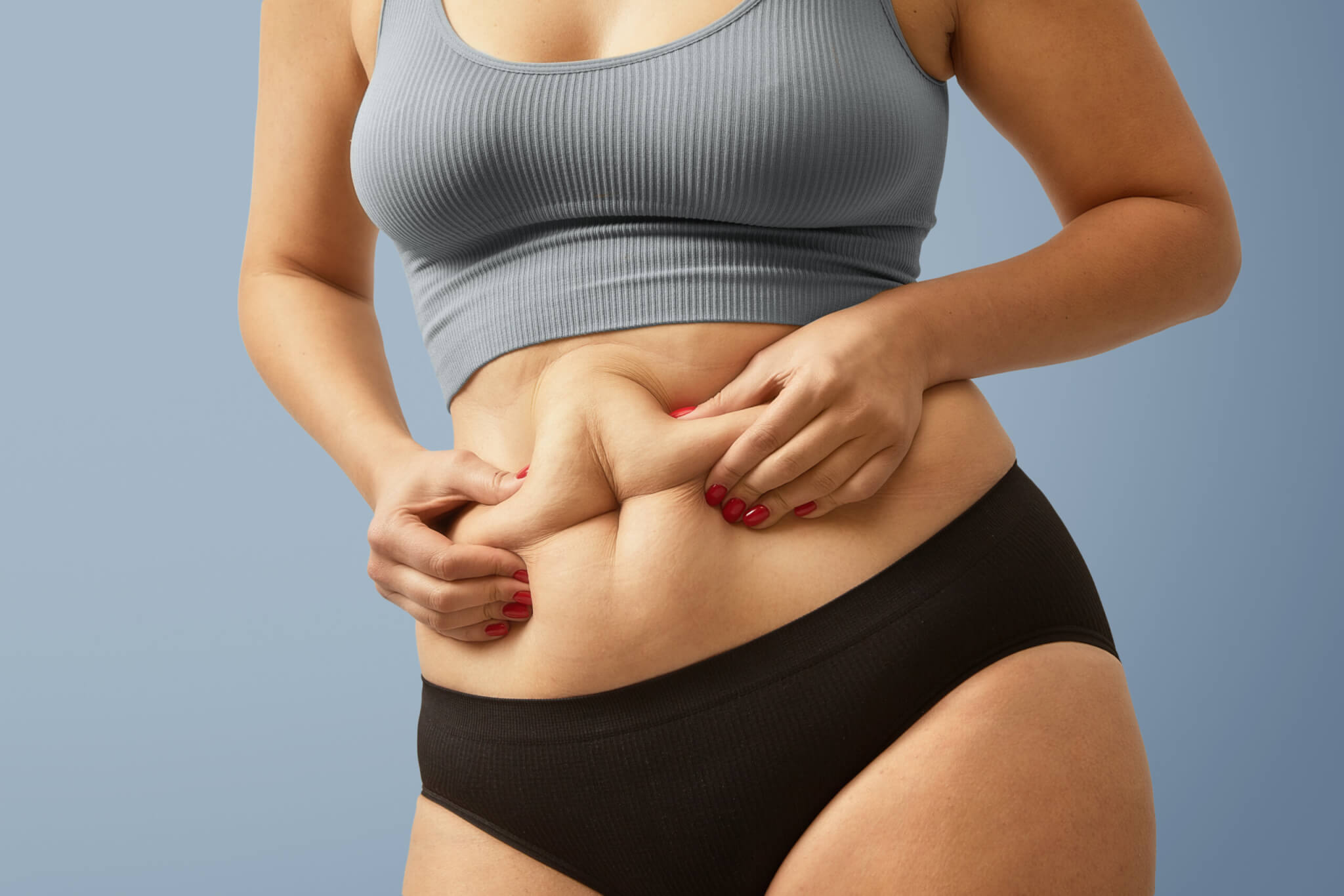Botox and Dysport are two of the most popular cosmetic procedures for reducing wrinkles and achieving a more youthful appearance. Both treatments have revolutionized the aesthetics industry, offering non-surgical solutions for smoothing fine lines and addressing dynamic wrinkles. However, understanding the science behind these injectables can help you decide which option is best for your unique needs.
This article delves into the key differences and similarities between Botox and Dysport, how they work, and how to determine the right choice for your aesthetic goals.
What Are Botox and Dysport?
Botox and Dysport are injectable neuromodulators that temporarily use botulinum toxin type A to paralyze muscle movement. This inhibition prevents the repeated muscle contractions that cause expression lines and wrinkles. Despite their similarities, these two treatments have subtle differences in formulation, diffusion, onset time, and longevity, affecting their effectiveness and suitability for different patients.
A Brief History
Botox, produced by Allergan, was the first botulinum toxin-based treatment to receive FDA approval for cosmetic use in 2002. Dysport, manufactured by Ipsen, entered the market later but has gained a significant following due to its unique formulation and perceived faster onset. Both treatments have proven their efficacy in millions of patients worldwide.
How Botox and Dysport Work
Both Botox and Dysport block nerve signals to the muscles, temporarily relaxing the muscles and softening the appearance of dynamic wrinkles. Dynamic wrinkles form lines due to repetitive facial expressions, such as smiling, frowning, or squinting. Common areas treated include:
- Forehead lines
- Crow’s feet (wrinkles around the eyes)
- Frown lines (between the eyebrows)
- Bunny lines (on the sides of the nose)
When injected into specific muscles, Botox and Dysport reduce the appearance of wrinkles by preventing the muscles from contracting. However, the surrounding muscles continue functioning normally, ensuring facial expressions remain natural.
Key Differences Between Botox and Dysport
1. Molecular Structure and Diffusion
One of the primary differences between Botox and Dysport lies in their molecular size and structure. Dysport has smaller molecules than Botox, allowing it to spread more easily over a larger area. This characteristic can be advantageous when treating larger areas, such as the forehead, where a more diffuse effect may provide a smoother appearance. However, Botox’s more concentrated formulation may offer better precision in smaller, more targeted areas.
2. Onset Time
Many patients and providers note that Dysport tends to have a faster onset of action compared to Botox. Dysport’s effects may appear within 24-48 hours after injection, whereas Botox may take 3-5 days to produce noticeable results. This faster onset can be a deciding factor for individuals seeking immediate results before a special event or occasion.
3. Dosage and Units
Another important distinction between Botox and Dysport is the difference in dosing. Dysport requires more units than Botox to achieve the same effect, but this does not mean Dysport is less effective. Rather, the unit measurements are calibrated differently due to differences in concentration. For example, a provider might use 50 units of Botox for a specific treatment area but require 125-150 units of Dysport for the same result.
4. Longevity of Results
The longevity of results for Botox and Dysport can vary slightly. On average, both treatments last between 3 to 4 months, although some patients report that Dysport lasts slightly longer, particularly in larger treatment areas. However, the duration of results can also depend on individual factors such as metabolism, muscle strength, and lifestyle habits.
5. Spread and Precision
The spreadability of Dysport can be both an advantage and a disadvantage. While it covers larger areas with fewer injections, this diffusion may be less ideal for small, precise areas where control is crucial. In contrast, Botox’s more localized action can benefit detailed work, such as lifting the brows or treating fine lines in smaller areas.
The Science Behind Botulinum Toxin Type A
Botulinum toxin type A is a purified protein derived from the bacterium Clostridium botulinum. When injected in controlled doses, it binds to nerve endings and blocks the release of acetylcholine, a neurotransmitter responsible for signaling muscle contractions. By temporarily preventing these signals, the muscles relax, reducing the appearance of wrinkles. The effects are temporary because the body gradually regenerates the affected nerve endings over time.
Factors to Consider When Choosing Between Botox and Dysport
1. Treatment Area
The area being treated can influence the choice between Botox and Dysport. Dysport’s ability to spread more easily for broader areas, such as the forehead or crow’s feet, may provide smoother, more uniform coverage. Conversely, Botox may be preferable for areas that require precision, such as vertical frown lines or small areas around the lips.
2. Desired Results
Dysport’s faster onset time may be more appealing if you seek quick results for an upcoming event. However, if you prefer a gradual improvement and want to plan ahead for a specific timeline, Botox’s slightly slower onset may not be a concern.
3. Maintenance Frequency
Although both treatments require regular maintenance to sustain results, individual factors such as how quickly your body metabolizes the product can influence how often you need touch-ups. Some patients need Dysport treatments slightly less frequently, while others see similar timelines with both.
4. Budget and Pricing
While the cost of Botox and Dysport treatments varies by provider, location, and the amount used, Dysport’s pricing may appear lower due to the higher unit requirement. However, the overall cost may be comparable because Dysport requires more units than Botox.
5. Allergies and Sensitivities
If you’ve had previous reactions or sensitivities to one product, discussing this with your provider is important. Botox and Dysport contain botulinum toxin type A, but they have different protein compositions, which may affect how your body responds.
What to Expect During a Botox or Dysport Treatment
A typical Botox or Dysport treatment is quick and minimally invasive, making it a convenient option for many patients. Here’s what you can generally expect during a session:
- Consultation: Your provider will assess your facial anatomy, discuss your aesthetic goals, and determine the appropriate injection sites.
- Preparation: The treatment area is cleaned, and a topical numbing agent may be applied.
- Injection: The provider injects small amounts of Botox or Dysport into the targeted muscles using a fine needle.
- Aftercare: There is minimal downtime, and you can usually resume normal activities immediately. However, you’ll be advised to avoid lying down or engaging in strenuous activities for a few hours post-treatment.
Potential Side Effects and Safety Considerations
Botox and Dysport are generally considered safe when administered by a qualified and experienced provider. However, like any medical procedure, there are potential side effects, including:
- Mild swelling or bruising at the injection site
- Temporary headache
- Slight drooping or asymmetry if the injections affect unintended muscles (typically temporary)
Serious complications are rare but can occur if the treatment is not performed correctly. That’s why choosing a board-certified dermatologist or licensed aesthetic provider is crucial for achieving safe and effective results.
Botox and Dysport for Medical Uses
In addition to their cosmetic applications, Botox and Dysport are also used for various medical conditions, such as:
- Chronic migraines
- Hyperhidrosis (excessive sweating)
- Muscle spasms and stiffness
- Overactive bladder
Your provider will thoroughly evaluate the most appropriate treatment plan if you’re considering Botox or Dysport for a medical condition.
Conclusion: Which Is Right for You?
Choosing between Botox and Dysport depends on your aesthetic goals, anatomy, and personal preferences. Both treatments have proven their ability to reduce wrinkles and enhance natural beauty. Dysport’s broader diffusion may benefit individuals seeking a smoother appearance in larger areas. On the other hand, those who prefer precise fine-line targeting may find Botox a better fit.
Ultimately, consulting a knowledgeable provider is the best way to determine which treatment aligns with your needs. During your consultation, you can discuss the differences between Botox and Dysport, review before-and-after photos, and create a personalized treatment plan to achieve your desired results. Whether you opt for Botox or Dysport, you can look forward to a refreshed, rejuvenated appearance that enhances your confidence and self-esteem.
